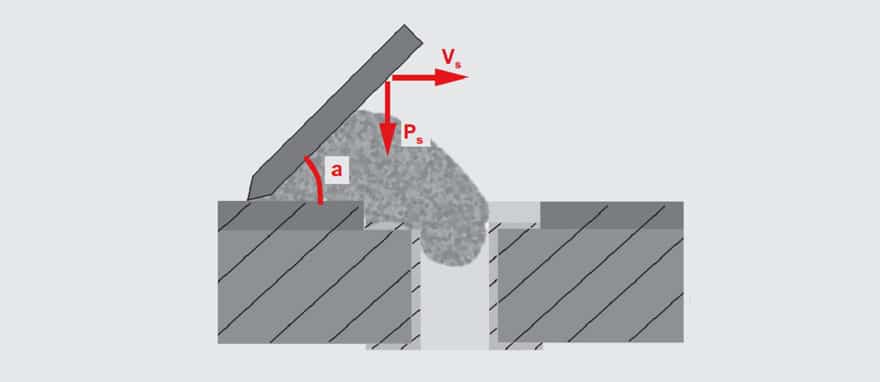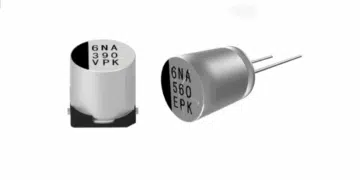The solder paste is applied to the PCB and a subsequent squeegee pass is used to push the paste into the stencils’ apertures, as indicated in Figure 2.93.

Three parameters are important when controlling the solder paste removal process, as indicated in Figure 2.94.

Vs is the squeegee speed, Ps is the squeegee pressure against the PCB and a, is the angle of the squeegee blade with respect to the surface of the PCB. The squeegee angle a is set before printing, generally 45 degrees, and the remaining parameters are set depending on the stencil thickness and on the aperture configuration on the PCB. The fill of the stencil aperture and the penetration of the solder paste into the PTH of the PCB depend on the interaction of these three parameters.


































